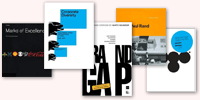
A B-Side BY Armin
Rostelecom
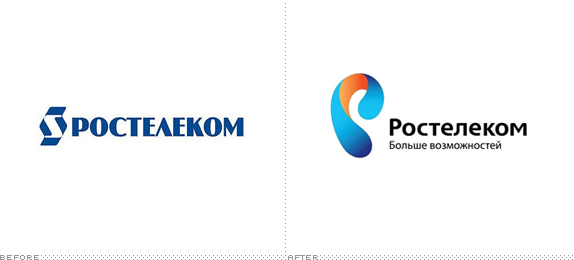
Rostelecom is Russia’s leading long-distance telephone service provider. Its new identity was designed by Moscow-based Re-Branding. A video showing all kinds of applications below (or after the jump).

DATE: Oct.03.2011 POSTED BY: Armin
POSTED BY: Armin CATEGORY: Telecom The B-Side
CATEGORY: Telecom The B-Side  COMMENTS:
COMMENTS:


Opinion BY Armin
X Connects the Spot
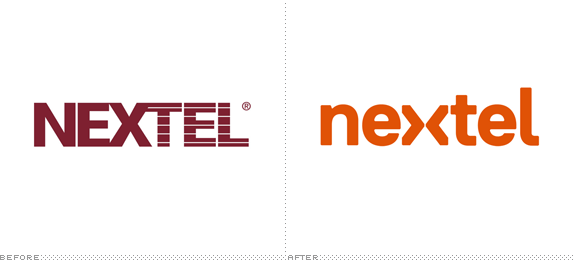
Although most of us here in the U.S. associate Nextel with the now defunct company that merged with Sprint in 2005, which basically stopped pushing the Nextel brand at the consumer level, there is a whole alternate universe of Nextel-branded mobile services in Latin America. First extended as Nextel de Mexico in 1998, the company changed to NII Holdings in 2002 and now oversees the Nextel brand in Brazil, Mexico, Argentina, Peru and Chile. Employing more than 14,000 people, NII Holdings counts with 9.84 million subscribers. This week, the company introduced a new identity designed by the San Francisco office of Landor.
Continue reading this entry

DATE: Sep.21.2011 POSTED BY: Armin
POSTED BY: Armin CATEGORY: Telecom
CATEGORY: Telecom  COMMENTS:
COMMENTS:

TAGS: landor, latin america, orange, sans serif, x,

Opinion BY Armin
Color me Colorful
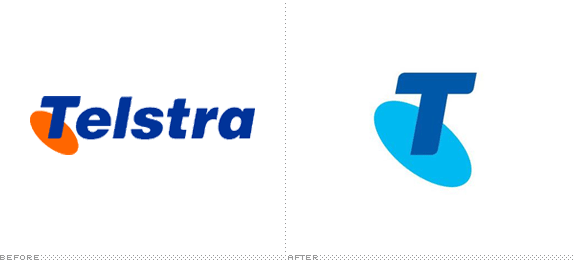
Established in 1993, Telstra is Australia’s largest telecommunications company, providing mobile, home phone, internet, and cable services, employing more than 39,000 people around the world. As some of our tipsters have noted, Telstra is the Australian equivalent of AT&T. Yesterday, Telstra unveiled a new identity designed by the Sydney office of Interbrand.
Continue reading this entry

DATE: Sep.19.2011 POSTED BY: Armin
POSTED BY: Armin CATEGORY: Telecom
CATEGORY: Telecom  COMMENTS:
COMMENTS:

TAGS: animation, australia, colorful, interbrand,

A B-Side BY Armin
Koning & Hartman
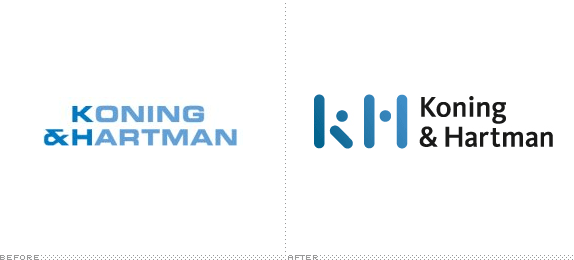
Established in 2005, Koning & Hartman is a Dutch business-to-business provider of telecommunication services. New logo introduced back in April. No further info.
Thanks to Maarten Heijmerink for the tip.

DATE: Aug.26.2011 POSTED BY: Armin
POSTED BY: Armin CATEGORY: Telecom The B-Side
CATEGORY: Telecom The B-Side  COMMENTS:
COMMENTS:

TAGS: dutch, rounded sans serif,

Opinion BY Armin
A1, Flexible Enough?
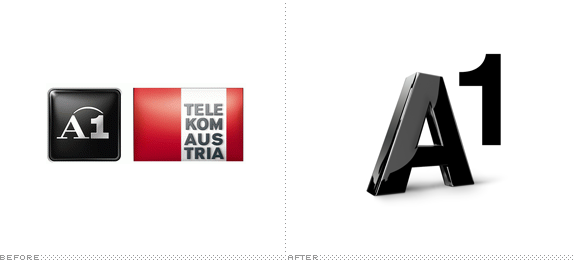
Established in 2010 from the merger of two popular telecommunication providers, A1 and Telekom Austria, A1 Telekom Austria is now the leading service provider in Austria with more than 5 million mobile and 2 million fixed-line subscribers and 9,700 employees. At the end of April they announced that the two consumer brands would merge into a single one under the A1 name and a new identity created by Saffron. A micro site introducing the new identity (with a brief movie) can be found here and a press release (PDF and in German) here.
Continue reading this entry

DATE: Jun.06.2011 POSTED BY: Armin
POSTED BY: Armin CATEGORY: Telecom
CATEGORY: Telecom  COMMENTS:
COMMENTS:

TAGS: austria, flexible identity, merger, saffron,

Opinion BY Armin
Purple Pebbles Everywhere
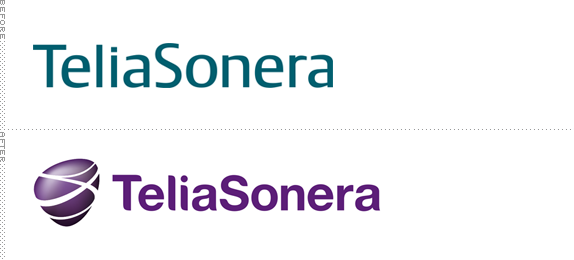
Founded in 1853, the current corporate form of TeliaSonera is the result of a 2002 merger between Swedish and Finnish telecommunications companies, Telia and Sonera. TeliaSonera oversees eighteen different consumer brands “in the Nordic and Baltic countries, the emerging markets of Eurasia, including Russia and Turkey, and in Spain” accounting for more than 157 million subscribers. They employ over 28,000 employees across the world and are the fifth largest telecommunications provider in Europe. Yesterday they announced a unification of all its consumer brands and its corporate identity under a single logo, designed by Landor.
Continue reading this entry

DATE: May.12.2011 POSTED BY: Armin
POSTED BY: Armin CATEGORY: Telecom
CATEGORY: Telecom  COMMENTS:
COMMENTS:


Opinion BY Armin
Tricom Ditches Puppy
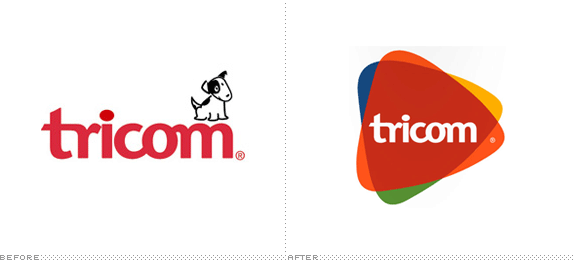
Established in 1988, Tricom is one of the largest telecommunication companies in the Dominican Republic, providing consumer-level services in cable, internet, and phone as well as service for enterprise solutions. This week, Tricom announced a new identity designed by Interbrand.
Continue reading this entry

DATE: Mar.30.2011 POSTED BY: Armin
POSTED BY: Armin CATEGORY: Telecom
CATEGORY: Telecom  COMMENTS:
COMMENTS:

TAGS: dominican republic, overlay,

Opinion BY Armin
Hi Pink
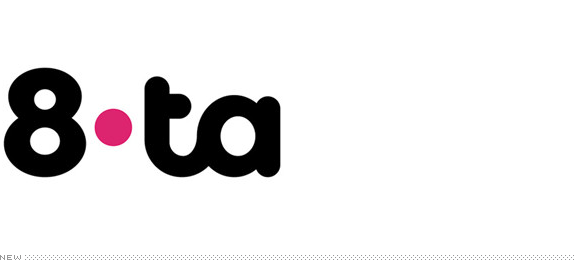
Last month, Telkom, the state-owned provider of landline phone services in South Africa, introduced a new mobile service that is only the fourth brand to enter the market — behind Cell C (which we covered in August), Vodacom, and MTN. To introduce the new service Telkom worked with McCann Erickson, who created a pre-launch campaign that inundated the public with cryptic and playful billboards and print advertisements with the word “Heita” (South African slang for “hi”), rendered all in black-and-white with the exception of a pink dot. The pre-launch campaign served to introduce the correct pronunciation of the new provider, 8.ta.
Continue reading this entry

DATE: Dec.06.2010 POSTED BY: Armin
POSTED BY: Armin CATEGORY: Telecom
CATEGORY: Telecom  COMMENTS:
COMMENTS:

TAGS: mobile, pink, rounded sans serif, south africa,

Opinion BY Armin
Airtel’s New Blobby Icon
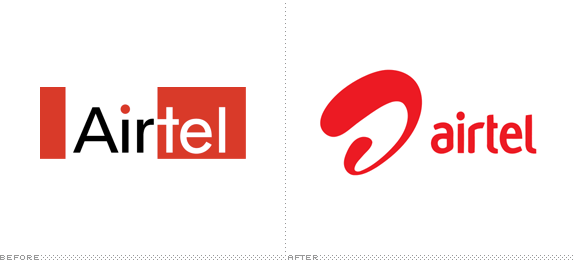
With a recently reported increase in customers to 200 million customers — for comparison, AT&T and Verizon have around 90 million each — Airtel is the largest mobile service provider in India, and the fifth largest in the world, with customers in nineteen countries across South Africa and Asia. Its corporation, Bharti Airtel, also provides land line services and broadband internet access. Last week, with the news that it would launch a complete 3G network, Airtel introduced a new identity designed by the London office of The Brand Union.
Continue reading this entry

DATE: Nov.22.2010 POSTED BY: Armin
POSTED BY: Armin CATEGORY: Telecom
CATEGORY: Telecom  COMMENTS:
COMMENTS:

TAGS: airtel, icon, india, red, sans serif, the brand union,

Opinion BY Armin
Eye Hear You
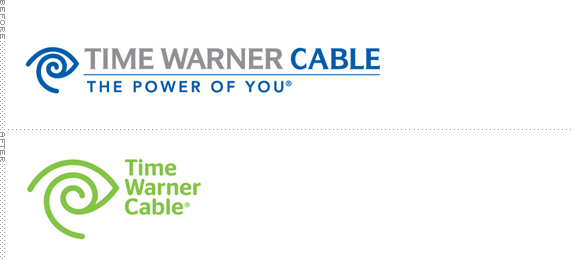
With 14.4 million customers, Time Warner Cable (TWC) is the second largest cable provider in the U.S., trailing category leader Comcast. (A funny fact, as I’ve never met anyone subscribed to Comcast). Originally part of Time Warner — the resulting 1989 merger of Time Inc. and Warner Communications — TWC spun off as its own company in 2009. Earlier this month, TWC introduced a revitalized identity designed by The Brand Union.
Continue reading this entry

DATE: Oct.25.2010 POSTED BY: Armin
POSTED BY: Armin CATEGORY: Telecom
CATEGORY: Telecom  COMMENTS:
COMMENTS:

TAGS: custom, icon, sans serif, the brand union,
































